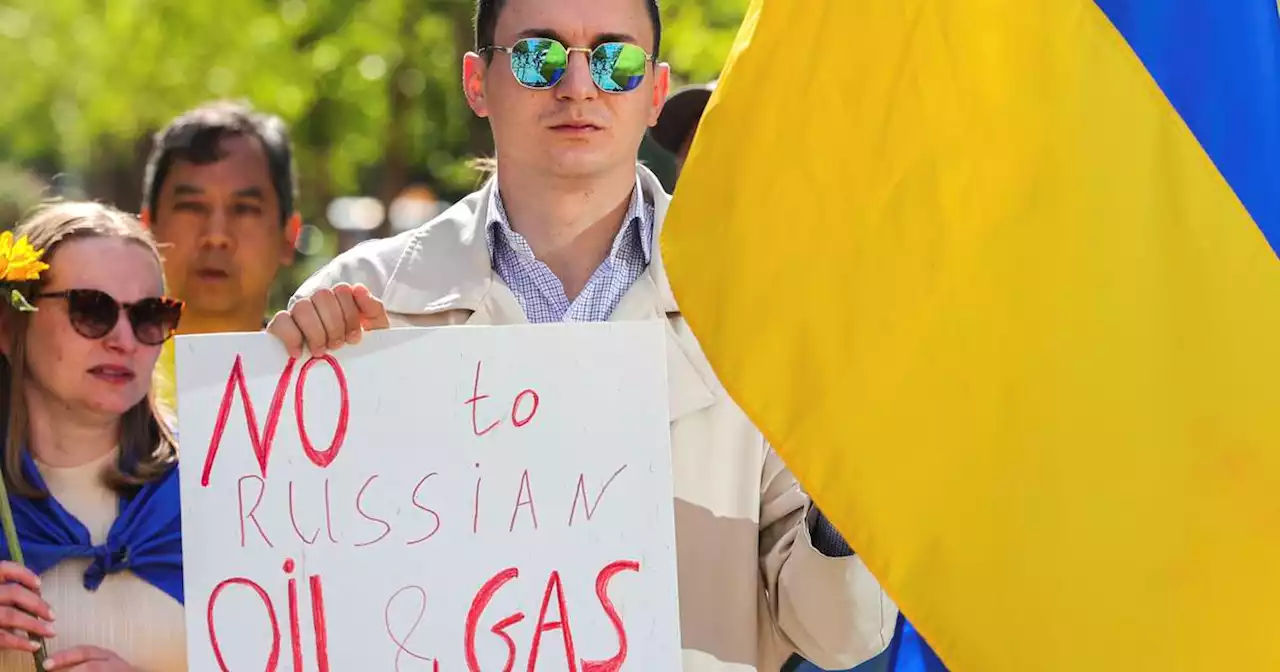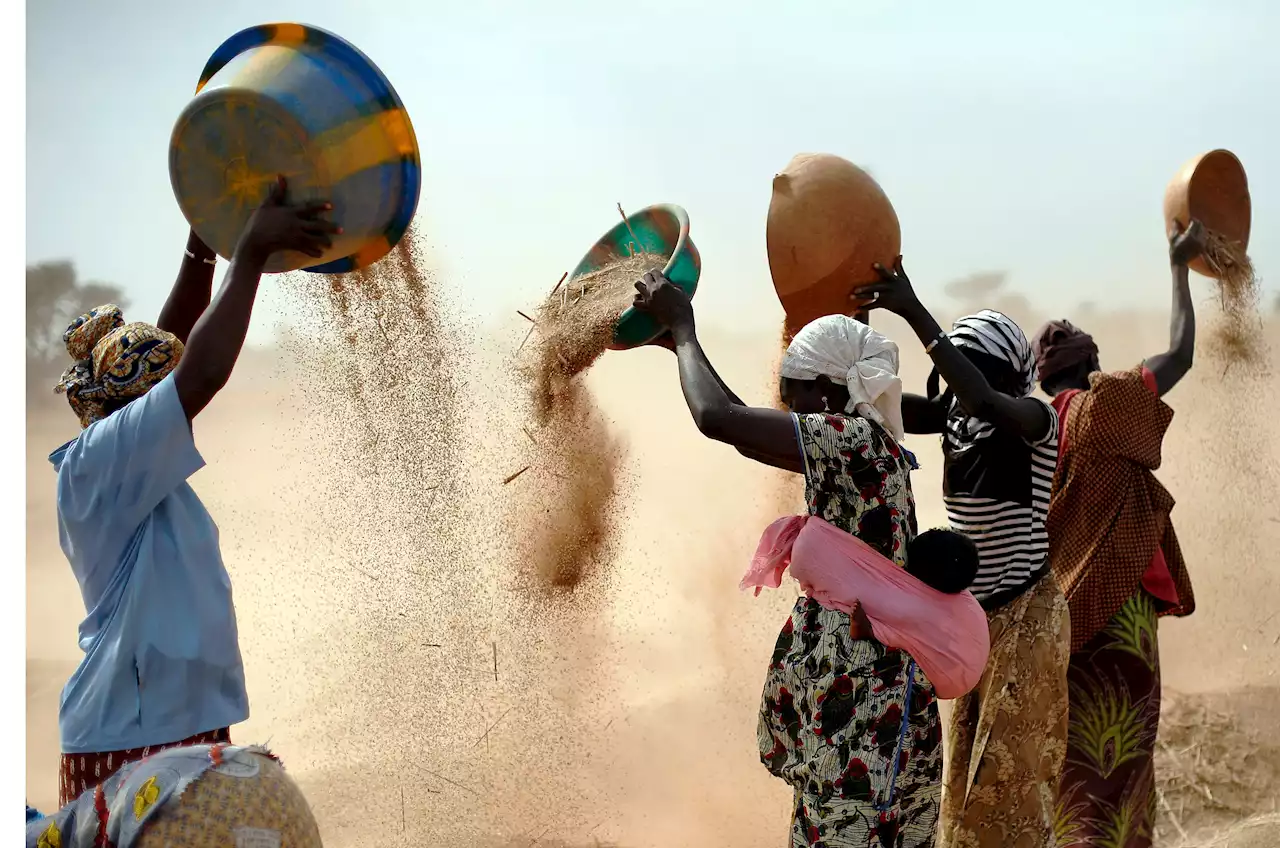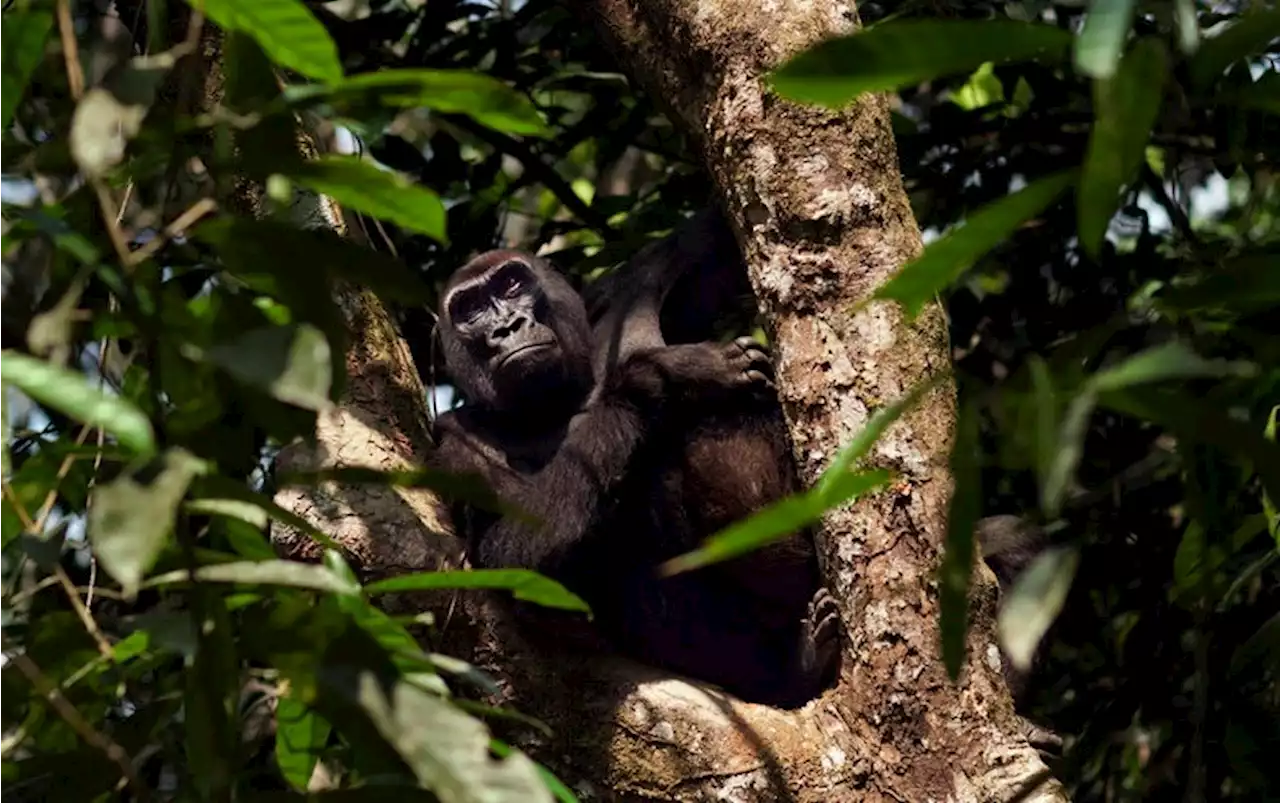A recent study puts a number to how much our consumption imperils threatened species
In the dense jungles of Cameroon and nearby countries, the population of the iconic and critically endangered western lowland gorilla declined by nearly 20 percent between 2005 and 2013 to about 360,000 individuals—and their number is expected to plunge by another 80 percent over about the next 65 years. Raw materials extracted from their habitat and used for goods manufactured in China and then sold in the U.S. and elsewhere have contributed to that decline.
Amanda Irwin, a Ph.D. student at the University of Sydney, and her colleagues examined global supply chain data, along with IUCN data on species populations and locations. They also consulted the organization’s Species Threat Abatement and Recovery Metric, which weighs the scope and severity of threats to species. The researchers then paired those data with computer models of the interactions between different economic sectors.
Other species highlighted in the study include the Malagasy giant jumping rat, a mammal that can jump 40 inches high and is found only in Madagascar. Demand for food and drinks in Europe contributes to 11 percent of this animal’s extinction-risk footprint through habitat loss caused by expanding agriculture. Tobacco, coffee and tea consumption in the U.S.
Norge Siste Nytt, Norge Overskrifter
Similar News:Du kan også lese nyheter som ligner på denne som vi har samlet inn fra andre nyhetskilder.
 Here's how much Kazakh gov't made off crypto mining in Q1 2022How much can a country earn through embracing crypto mining? The government of Kazakhstan, one of the world’s largest countries by the Bitcoin mining hash rate distribution, reported budget earnings derived from the industry.
Here's how much Kazakh gov't made off crypto mining in Q1 2022How much can a country earn through embracing crypto mining? The government of Kazakhstan, one of the world’s largest countries by the Bitcoin mining hash rate distribution, reported budget earnings derived from the industry.
Les mer »
 In big bid to punish Moscow, EU bans most Russia oil importsIn a move unthinkable just months ago, EU leaders agreed late Monday to cut around 90% of all Russian oil imports over the next six months.
In big bid to punish Moscow, EU bans most Russia oil importsIn a move unthinkable just months ago, EU leaders agreed late Monday to cut around 90% of all Russian oil imports over the next six months.
Les mer »
 EU agrees to ban most Russian oil imports in bid to punish MoscowIn a move unthinkable just months ago, EU leaders agreed to cut around 90% of all Russian oil imports over the next six months.
EU agrees to ban most Russian oil imports in bid to punish MoscowIn a move unthinkable just months ago, EU leaders agreed to cut around 90% of all Russian oil imports over the next six months.
Les mer »
 Families in Africa burdened with higher food costs, hunger because of Russia's war on UkraineAfrican families are seeing the price of wheat flour soar as countries have not been able to import goods through the Black Sea since Russia's war on Ukraine began.
Families in Africa burdened with higher food costs, hunger because of Russia's war on UkraineAfrican families are seeing the price of wheat flour soar as countries have not been able to import goods through the Black Sea since Russia's war on Ukraine began.
Les mer »
 Europe's dash for gas puts Australia's LNG import plans at riskEurope's race to replace Russian gas supply has threatened Australia's plans for five gas import terminals as they compete for key infrastructure, raising the risk of a supply shortfall in Australia's populous southeast in the next two years.
Europe's dash for gas puts Australia's LNG import plans at riskEurope's race to replace Russian gas supply has threatened Australia's plans for five gas import terminals as they compete for key infrastructure, raising the risk of a supply shortfall in Australia's populous southeast in the next two years.
Les mer »
 Global Food Crisis: Turkey Reportedly Trying To Free Ukrainian Grain ExportsAn estimated 20 million tons of grain are stuck in Ukraine, and the country is one of the world’s five largest exporters of wheat, corn and sunflower oil and meal, making it a staple of countries’ food supply globally.
Global Food Crisis: Turkey Reportedly Trying To Free Ukrainian Grain ExportsAn estimated 20 million tons of grain are stuck in Ukraine, and the country is one of the world’s five largest exporters of wheat, corn and sunflower oil and meal, making it a staple of countries’ food supply globally.
Les mer »
